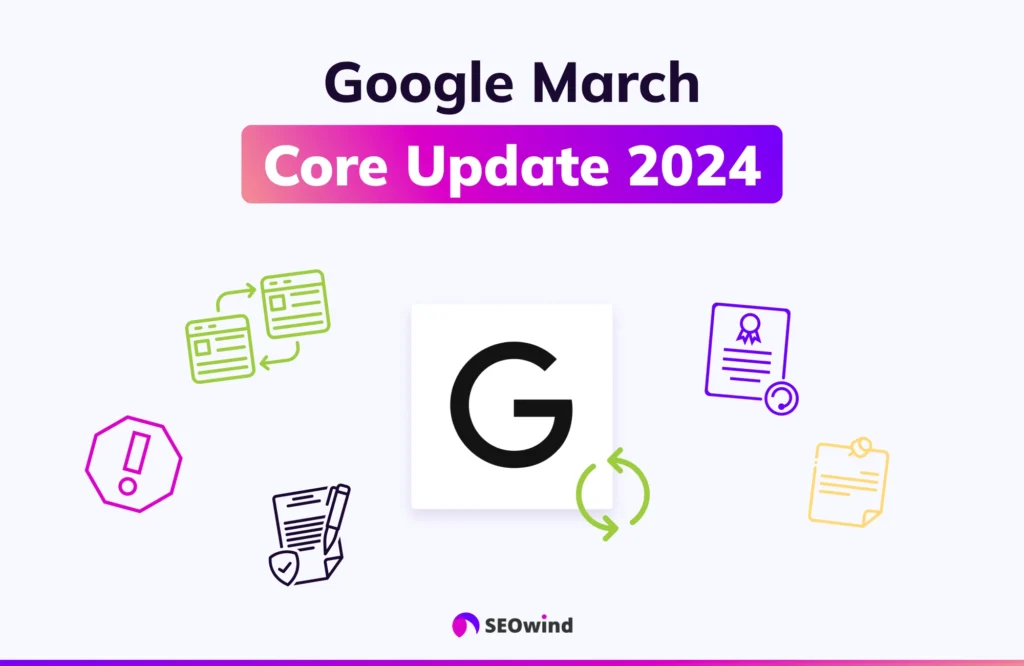Understanding Email List Segmentation: A Strategic Imperative
In the dynamic world of content marketing, the ability to deliver personalized, relevant content to your audience is paramount to success. Email list segmentation emerges as a powerful strategy that allows content marketers to tailor their messaging, engage their audience more effectively, and drive tangible results. In this comprehensive guide, we’ll delve into the transformative impact of email list segmentation on content marketing strategies and explore practical techniques to optimize your campaigns.

Email list segmentation involves dividing your subscriber base into distinct groups based on specific criteria such as demographics, interests, behaviors, or engagement history. By segmenting your audience, you gain deeper insights into their preferences and needs, enabling you to deliver targeted content that resonates with each segment.
1. Demographic Segmentation: Understanding Your Audience
Demographic segmentation categorizes subscribers based on demographic attributes such as age, gender, location, occupation, or income level. Understanding the demographics of your audience allows you to tailor your content to resonate with their unique characteristics and interests. For example, you may create segments targeting millennials interested in technology trends, working professionals seeking career development tips, or retirees looking for leisure activities.
2. Behavioral Segmentation: Leveraging Engagement Patterns
Behavioral segmentation analyzes subscribers’ past interactions with your content, such as open rates, click-through rates, website visits, or purchase history. By tracking these behaviors, you can identify patterns and preferences that inform your segmentation strategy. For instance, you may segment your audience based on their engagement level – active readers who frequently interact with your content, occasional visitors who require re-engagement efforts, or dormant subscribers who need revitalization.
3. Interest-Based Segmentation: Catering to Diverse Interests
Interest-based segmentation categorizes subscribers according to their specific interests, preferences, or areas of expertise relevant to your content offerings. Whether your content covers a broad range of topics or focuses on niche subjects, segmenting your audience based on their interests allows you to deliver targeted content that aligns with their passions. For instance, you may create segments for technology enthusiasts, marketing professionals, fitness enthusiasts, or small business owners, tailoring your content recommendations and promotions to appeal to each group’s unique interests and needs.

The Benefits of Email List Segmentation for Content Marketing
Embracing email list segmentation offers numerous benefits that can significantly enhance your content marketing efforts:
1. Enhanced Personalization: Segmented email campaigns enable you to deliver personalized content recommendations that resonate with each segment, fostering stronger connections and driving engagement.
2. Improved Relevance: By sending targeted messages to specific segments, you ensure that recipients receive content that is relevant and valuable to them, increasing the likelihood of interaction and conversion.
3. Increased Engagement: Segmented email campaigns often result in higher open rates, click-through rates, and overall engagement compared to generic, one-size-fits-all campaigns, as they speak directly to the interests and needs of each segment.
4. Better Conversion Rates: By delivering tailored content recommendations that address the specific interests and pain points of each segment, you can increase the likelihood of conversion and drive meaningful actions, such as sign-ups, downloads, or purchases.

Best Practices for Effective Email List Segmentation in Content Marketing
To maximize the impact of email list segmentation on your content marketing efforts, consider implementing the following best practices:
1. Collect Comprehensive Data: Gather relevant data about your subscribers, including demographic information, engagement history, interests, and preferences, to inform your segmentation strategy effectively.
2. Segment Strategically: Identify key segmentation criteria that align with your content goals and audience demographics. Consider factors such as age, location, job role, purchase history, or content consumption patterns.
3. Test and Iterate: Continuously monitor the performance of your segmented email campaigns and experiment with different segmentation strategies to identify what resonates best with your audience.
4. Maintain Consistency: While segmentation allows for personalized messaging, ensure that your brand voice and content quality remain consistent across all segments to maintain brand integrity and trust.
Conclusion: Elevate Your Content Marketing with Email List Segmentation
In an era where audience attention is fleeting and competition is fierce, effective content marketing requires a strategic approach that prioritizes relevance, personalization, and engagement. Email list segmentation serves as a linchpin of successful content marketing campaigns, allowing you to deliver targeted content recommendations that resonate with your audience’s unique characteristics, interests, and behaviors.
By harnessing the power of segmentation, you can optimize your email campaigns, drive higher engagement and conversion rates, and ultimately, elevate the success of your content marketing initiatives in a crowded digital landscape. Embrace email list segmentation as a catalyst for innovation and growth, and watch as your content marketing efforts flourish, driving meaningful connections, and delivering value to your audience.


